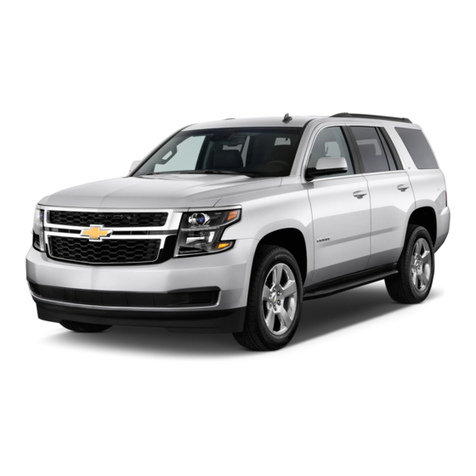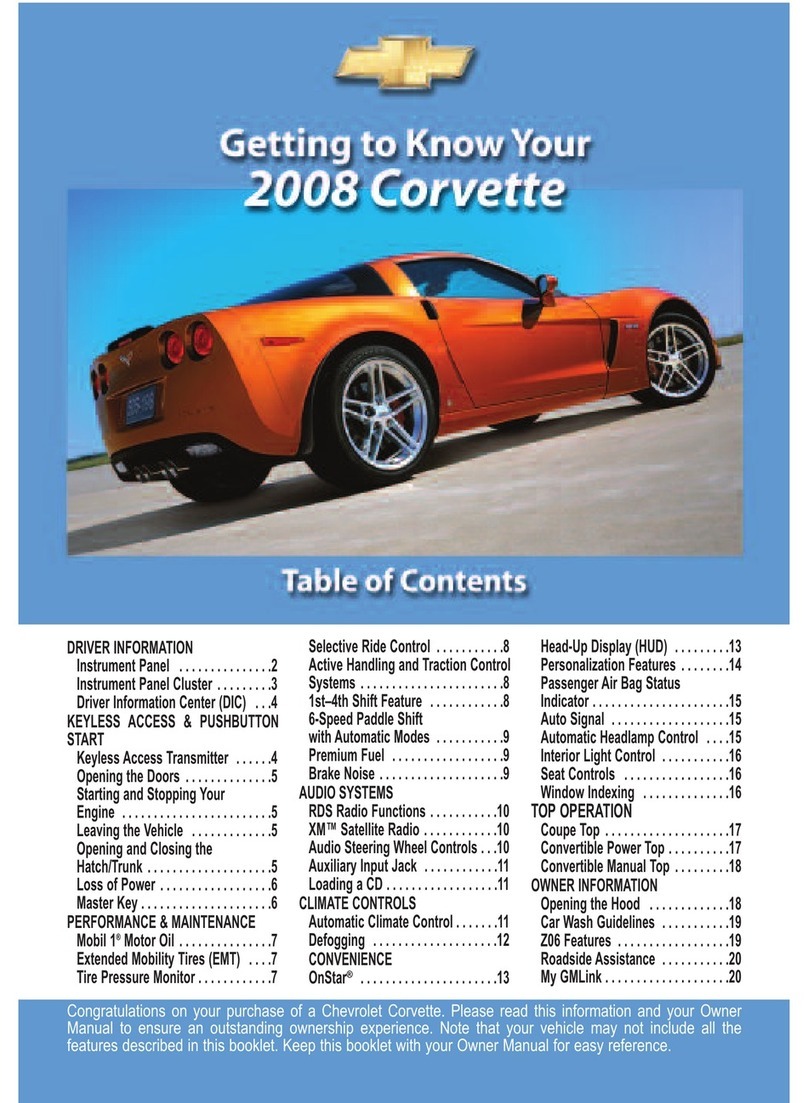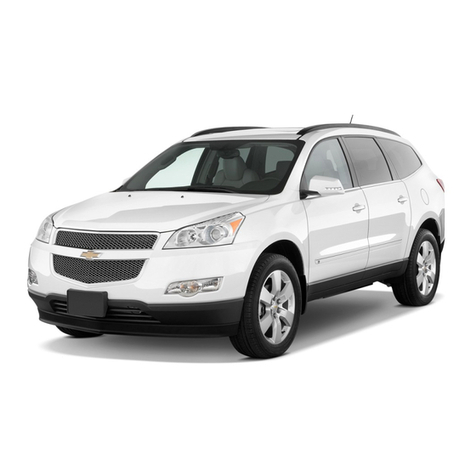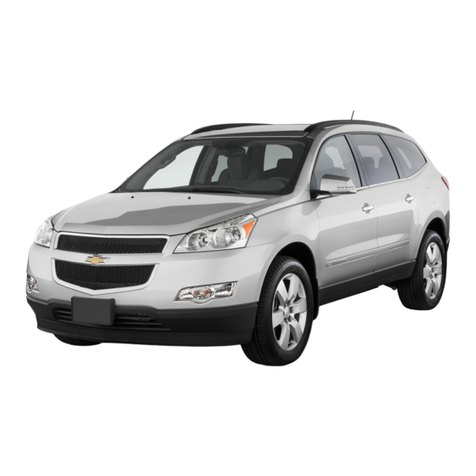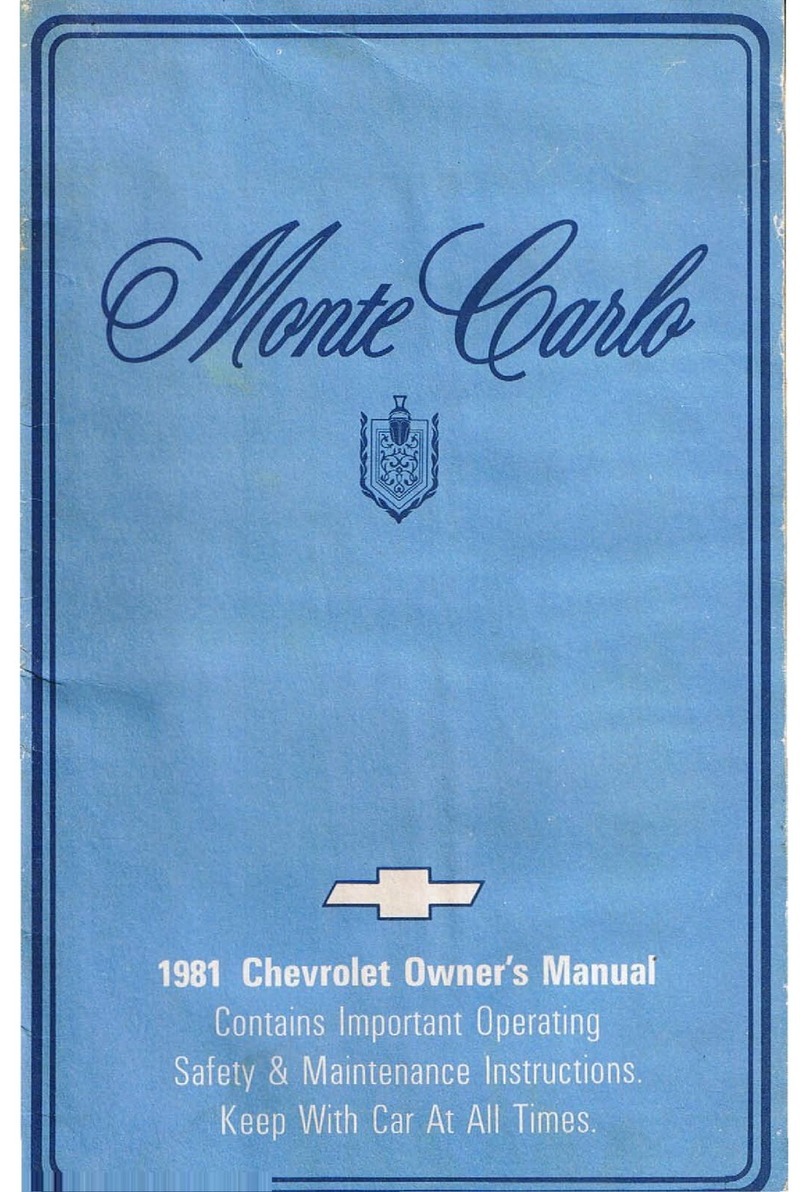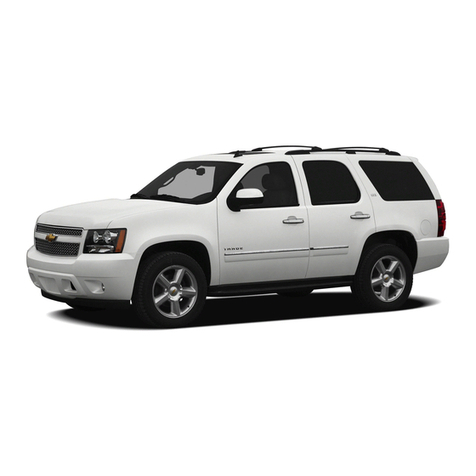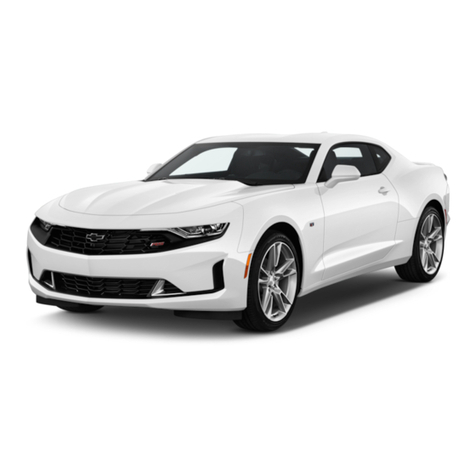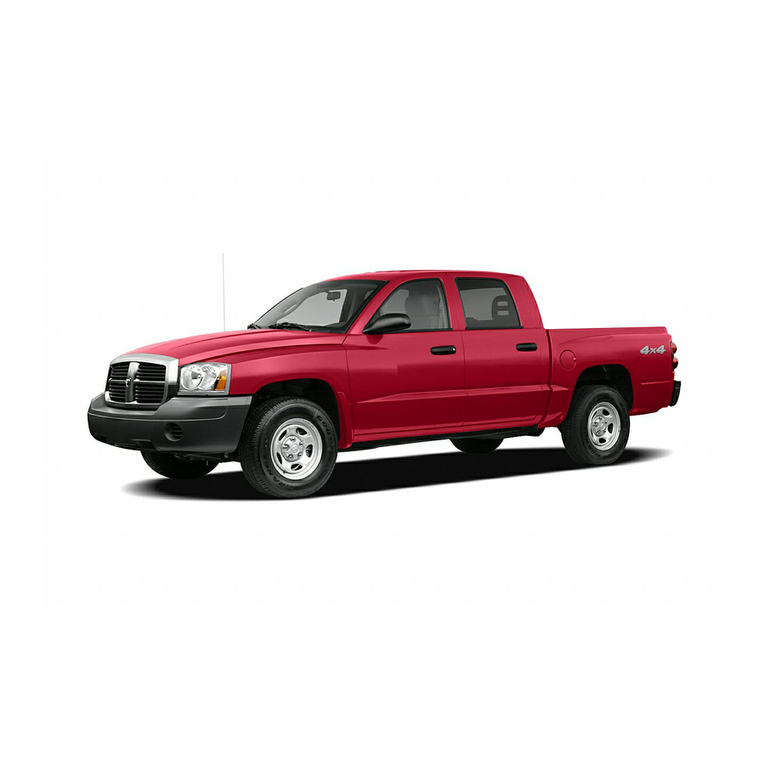AIR CONDITIONING 1B-1
SECTION IB
A/C COMPRESSORS
CONTENTS
Axial Six Cylinder Compressor
...................................
B-1
Radial Four Cylinder Compressor
...............................
B-22
Leak Testing..................................................................... B-33
AXIAL SIX-CYLINDER COMPRESSOR
For Compressor REMOVAL AND
NSTALLAT ON, refer to the ON CAR SERV CE
Section of this Service Manual.
For all Axial Six Cylinder compressor applications, the
compressor mechanism is basically the same. Actual
differences between compressors are found in their
mounting brackets, pulleys, connector assemblies and
compressor capacities, none of which will affect the
following Overhaul Procedures.
MINOR REPAIR PROCEDURES
The following operations to the Compressor
Clutch Plate and Hub, Pulley and Bearing, and
Coil Housing are covered as "Minor" because they
may be performed ITHOUT FIRST PURGING
THE SYSTEM OR REMOVING THE
COMPRESSOR from the vehicle.
The Compressor Shaft Seal assembly and
Pressure Relief Valve may also be serviced
ITHOUT REMOVING THE COMPRESSOR from
the vehicle but these operations are covered later
in this section as "Major Repair Procedures"
because the system MUST FIRST BE PURGED of
Refrigerant.
Illustrations used in describing these
operations show the compressor removed from
the vehicle only to more clearly illustrate the
various operations.
hen servicing the compressor, remove only
the necessary components that preliminary
diagnosis indicates are in need of service. Refer
to Fig. 1 and Fig. 2 for information relative to parts
nomenclature and location.
Removal and installation of external compressor
components and disassembly and assembly of internal
components must be performed on a clean workbench. The
work area, tools, and parts must be kept clean at
all times. Parts Tray J-9402 (see Fig. 33) should be used
for all parts being removed, as well as for replacement parts.
Although certain service operations can be performed
without completely removing the compressor from the
vehicle, the operations described herein are based on bench
over-haul with the compressor removed from the vehicle.
They have been prepared in sequence in order of
accessibility of the components.
Pad fender/skirt and secure compressor near top of
fender skirt with wire, rope, etc.
CAUTION: Do not kink or place excessive tension
on lines or hoses.
When a compressor is removed from the vehicle for
servicing, the amount of oil remaining in the compressor
should be drained and measured. This oil should then
be discarded and new 525 viscosity refrigerant oil added to
the compressor.
CLUTCH PLATE AND HUB ASSEMBLY
Remove
1. Place Holding Fixture J-9396 in a vise and clamp
the compressor in the Holding Fixture.
2. Keep clutch hub from turning with Clutch Hub
Holder J-25030 or J-9403, and remove locknut from end of
shaft using Thin Wall Socket J-9399 (Fig. 3).
CAUTION: To avoid internal damage to the
compressor, DO N OT D RIVE OR OUND on
the Clutch late and Hub assembly OR on the end
o f the shaft. I f proper tools to remove and replace
clutch parts are not used, it is possible to disturb
the position o f the axial plate (keyed to the main
shaft), resulting in compressor damage and seal
leakage due to shifting o f the crankshaft.
3. Thread Clutch Plate and Hub assembly Remover
J-9401 into hub. Hold body of Remover with a wrench and
tighten center screw to remove Clutch Plate and Hub
assembly (Fig. 4).
4. Remove square drive key from shaft or drive plate
hub. 5. Remove hub spacer retainer ring using Snap-Ring
Pliers J-5403(#21), and then remove hub spacer (Fig. 5).
6. nspect driven plate for cracks or stresses in the drive
surface. Do not replace driven plate for a scoring condition.
(Fig. 6).
f the frictional surface shows signs of damage due to
excessive heat, the clutch plate and hub and pulley and
bearing should be replaced. Check further for the
underlying cause of the damage (i.e. low coil voltage - coil
should draw 3.2 amps at 12 volts) or binding of the
compressor internal mechanism, clutch air gap too wide,
broken drive plate to hub asm. springs, etc.
Replace
1. nsert the square drive key into the hub of driven
plate; allow it to project approximately 3/16" out of the
keyway.
2. Line up the key in the hub with keyway in the
shaft (Fig. 7).
3. Position the Drive Plate nstaller J-9480-1 on the
threaded end of the shaft. The Spacer J-9480-2 should be
in place under the hex nut on the tool. This tool has a left
hand thread on the body. (Fig. 8).
4. Press the driven plate onto the shaft until there is
approximately 3/32" space between the frictional faces of
the clutch drive plate and pulley.
CAUTION: Make certain key remains in place
when pressing hub on shaft.
A ZERO thrust race is approximately 3/32" thick and
